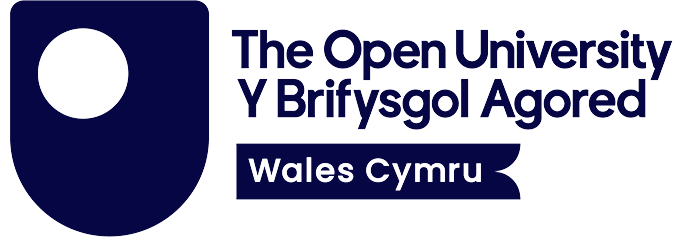The Physics Mentoring Project were pleased to speak about their recent experiences in online teaching at the Learning and Teaching Conference. In the session Rosie Mellors, National Co-ordinator of the project, spoke to the steps which were taken to creating an inclusive online space.
The Physics Mentoring Project
The Physics Mentoring Project is a collaborative project which aims to increase confidence in participating university and school students and increase uptake of Physics A level. The project’s ethos is centred in the belief that everyone, regardless of background, characteristics, or ability, is a physicist and that physics study leads to development of an immeasurable number of transferrable skills, increasing mobility into a vast range of careers in a huge number of fields.
Moving Online
The Physics Mentoring Project had to move online in response to the COVID-19 pandemic. This required adapting two core elements of our programme:
- Mentor Training – A 2-week programme of training for our undergraduate and postgraduate mentors.
- Mentoring Sessions – Small-group in-school sessions for Y9-11 mentees, lead by our UG and PG mentors.
When considering how we would translate our mentor training to the online space, we considered our core aims:
- Creating buy-in and enthusiasm for the project ethos
- Creating community and building rapport
- Developing confidence, skills, and knowledge
These are the same as our core aims for the mentee sessions, which were also moved online. It became clear that our challenge for the training was to lead by example: In demonstrating an inclusive learning environment for our UG/PG mentor training, we would be strengthening their skills to do the same.
The four elements of our inclusive culture
The Mentor training needed to create and showcase a culture where all contributions and people were welcomed in the space. We decided this involved four key elements:
- Inviting participants to bring their authentic selves to the training space,
- Creating a safe place for contributions,
- Eliciting contributions by removing barriers, and
- Adjusting the training space in collaboration with the mentors.
Achieving the above can be as simple as the introductory activity we did in all sessions, where we asked all attendees to share their name/nickname, their pronouns (if comfortable), and the answer to a prompt question (e.g. what are you having for dinner?). This activity answered the four elements by:
- Inviting the mentors to bring their authentic selves by sharing parts of their identity,
- Creating a safe place for contributions by inviting response to low-risk questions,
- Eliciting contributions, verbally, in the first few minutes of the session and value the responses they give through conversation, and
- Creating this activity in collaboration with the mentors to answer their need for more time to introduce themselves to one another before entering breakout rooms.
The Mentor Experience
Physics mentor, Nkosi, also shared how he translated what he learnt in the mentor training to solve challenges encountered in his mentee sessions.
The key to successful one-way delivery while still building rapport is enthusiasm and mutual respect. A mentor can make effort to appreciate every contribution, however the Internet is a stenographer; it takes a lot of courage for a mentee to type an answer to respond. Online chats feel purposeful because they’re permanent, so using personality, icebreakers and humour can help keep online discussions relaxed. Not everyone will respond to an icebreaker and that’s ok, don’t force contribution: just make it as open as possible. A co-mentor can ensure everything in the chat is valued and nothing is ignored. Make sessions inclusive by actively asking for nicknames and pronouns, a great example of eliciting contribution by removing social barriers.
Learners tie content (and emotions toward said content) to how they learnt it. Content should be delivered with the mentees learning styles in mind, being flexible to allow for many mediums of contribution (e.g. mentimeter, emojis, chat messages, end-of-session reflection forms) in particular employing anonymity to maximise engagement. Delivering to a blank screen is difficult, but emojis can give chat messages intonation. Being well positioned to and making eye contact with the camera can also help participants connect with the host.
Online personas are often come across as rehearsed and incomplete representations of ourselves, but we can maintain our whole authentic selves by sharing it with participants! Sharing what makes us, us, shows mentees that mentors are more than just a person who likes physics. This extends to rejecting perfectionism, as mistakes make us human in an otherwise robotic medium.
Finally, having recordings of sessions and mentee feedback helps reflect on delivery and improve the experience of the mentees, but also improves our own skills and abilities.
Key Recommendations
Our most important recommendation, whatever tools you decide to use to create community with your learners, is to protect the time for those activities. It can be tempting when time is short to identify them as the first thing to drop, but these are a key part of creating safety and enthusiasm amongst your learners. For further ideas and recommendations, see the presentation slides, the session recording, or contact the physics mentoring team.





